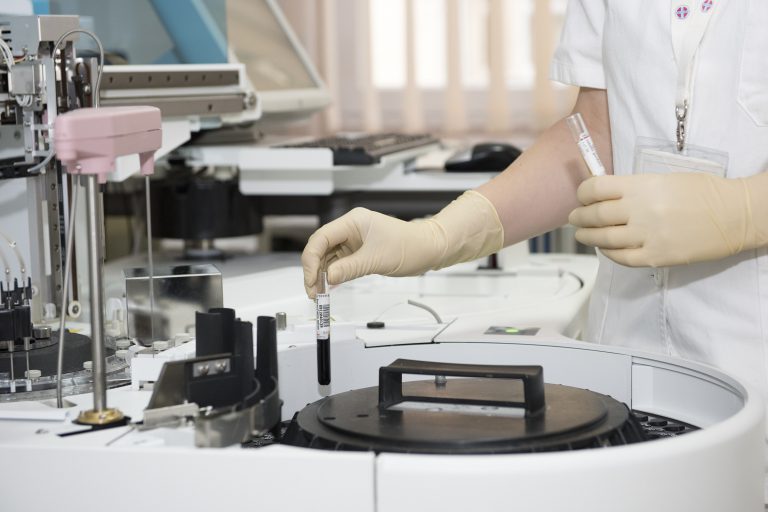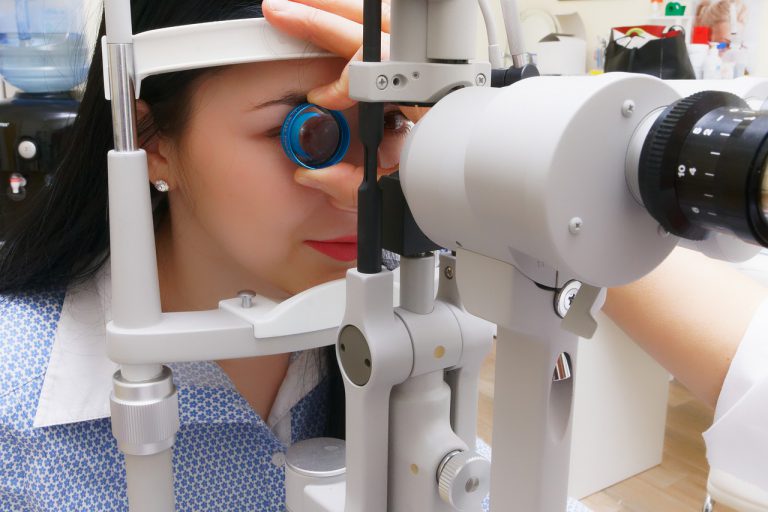How to Measure Glucose Levels in Your Tears
People living with diabetes don’t need to be reminded of the importance of regular monitoring of their glucose levels. It’s essential for diabetes care as it reveals the patterns of glucose changes. It also helps in planning meals, activities, and at what time of day to take medications.
In a previous blog we covered various methods to monitor glucose levels, including using saliva as a pain-free and cheaper alternative to blood for monitoring diabetes. In today’s blog, we’ll explore another emerging alternative – measuring glucose in your tears.
Using tears to test for biomarkers is not a new idea. In addition to protecting your eyes, tears contain a variety of large proteins and their composition can change with disease. Indeed, researchers have been exploring their usefulness in finding biomarkers for Parkinson’s disease and diabetic peripheral neuropathy.
Research on correlation between tears, glucose and blood
A new study shows that analyzing the tears of people with diabetes could be a potential method to monitor their blood sugar levels without the need for invasive alternatives that rely on blood testing.
In this research, Dr. Masakazu Aihara and colleagues at The University of Tokyo, investigated the correlation between blood and tear glucose concentrations. The team found that the glycated albumin levels in tears and blood had a strong correlation.
The researchers recruited 100 individuals with diabetes who had blood and tear samples collected at the same time. Researchers measured glycated albumin levels in tears with liquid chromatography-mass spectrometry.
Glycated Albumin
Blood sample levels were measured through an enzymatic method. They found Significant correlation was found between the glycated albumin levels in tears and those in blood. Statistical analysis showed that this correlation was maintained even after adjustment for age, gender, kidney function and obesity.
Glycated albumin is a biomarker that reflects the 2-week average blood glucose. This might make it a greater biomarker for detecting earlier adjustments in blood glucose than glycated hemoglobin (HbA1c), which displays adjustments in blood glucose over the previous 2-3 months.
Conclusion
While the research results of the analysis of tears’ glycated albumin levels are promising, a tear analysis technology that is accurate, inexpensive, and accessible to people with diabetes is still to be developed.
Dr. Aihara’s plan is to optimize measurement conditions, develop appropriate equipment, and verify the effectiveness and usefulness of tear analysis as a non-invasive method for diabetes monitoring. Until then, we’ll have to rely on the traditional methods of blood glucose monitoring.









